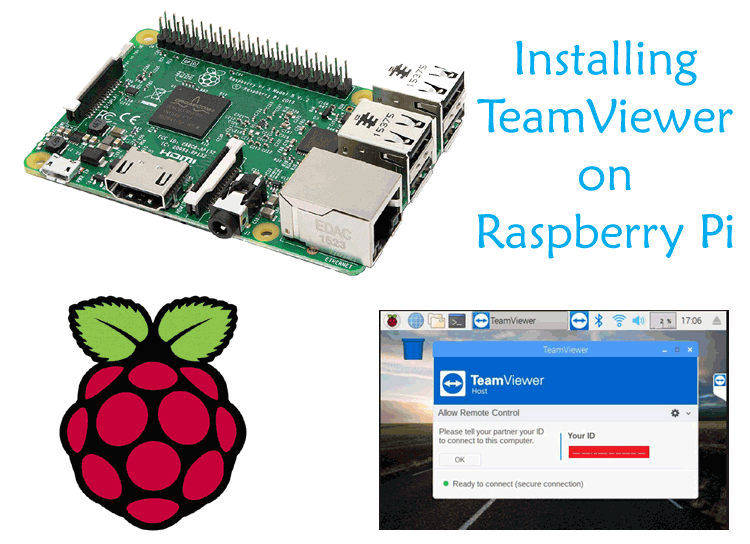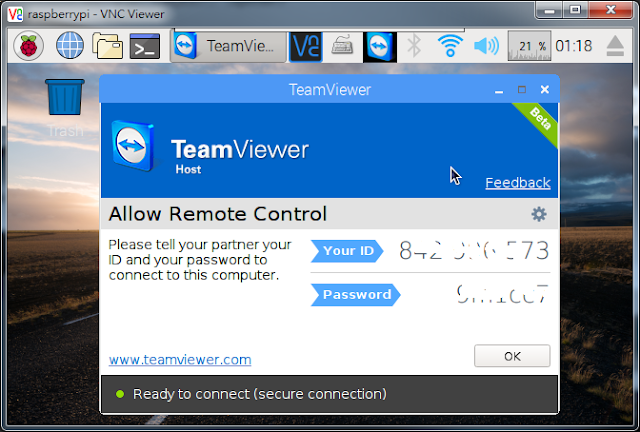

To configure everything, there is 3 main steps, that I’ll explain in this tutorial: Your router at home, will redirect the traffic to the Raspberry Pi, or to another host on the network, depending on what you want to do. The remote client can be anywhere in the world, and access the hostname created on No-IP (we’ll see how to create one just after that). If you need a visual to better understand, here is how it works: Thanks to this provider, you can host any service you want at home (on your Raspberry Pi or not). The idea in that kind of architecture, is to use the No-IP service to get a hostname, that will always redirect to your public IP address. In fact, it’s not possible as you can’t change the MX option in the DNS configuration on a free plan.īasically, start with the free DDNS service, and you can always see later if you need more options to do what you want. I think there is also an advanced plan, where you can use your domain name, with all the features.įor example, I know that some of you tried No-IP free plan to host a mail server. Yes, with the free plan, you need to log in every 30 days to re-enable the hostname. An enhanced plan: It’s a paid service, but you can define several hostnames (over 20 I think), have more choices for the domain names, and also no ads and no 30-day hostname confirmation required.


You can choose a subdomain (for example: ) and link it to your IP address, so that you can use this subdomain to remotely access the service. It’s perfect to host a basic service like a website, SSH access, a Samba share or FTP server for example.


 0 kommentar(er)
0 kommentar(er)
